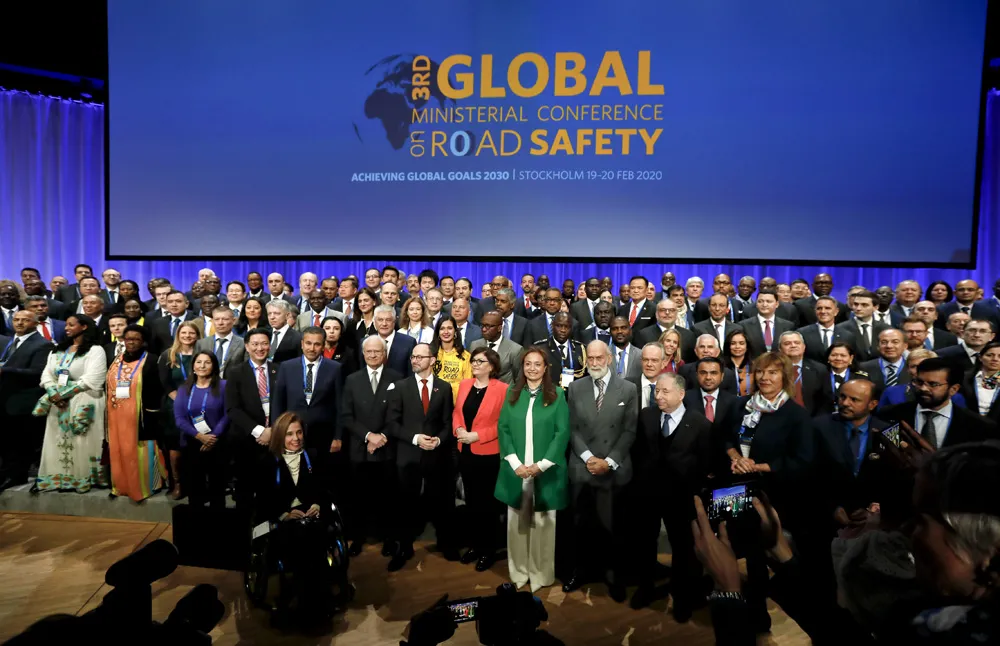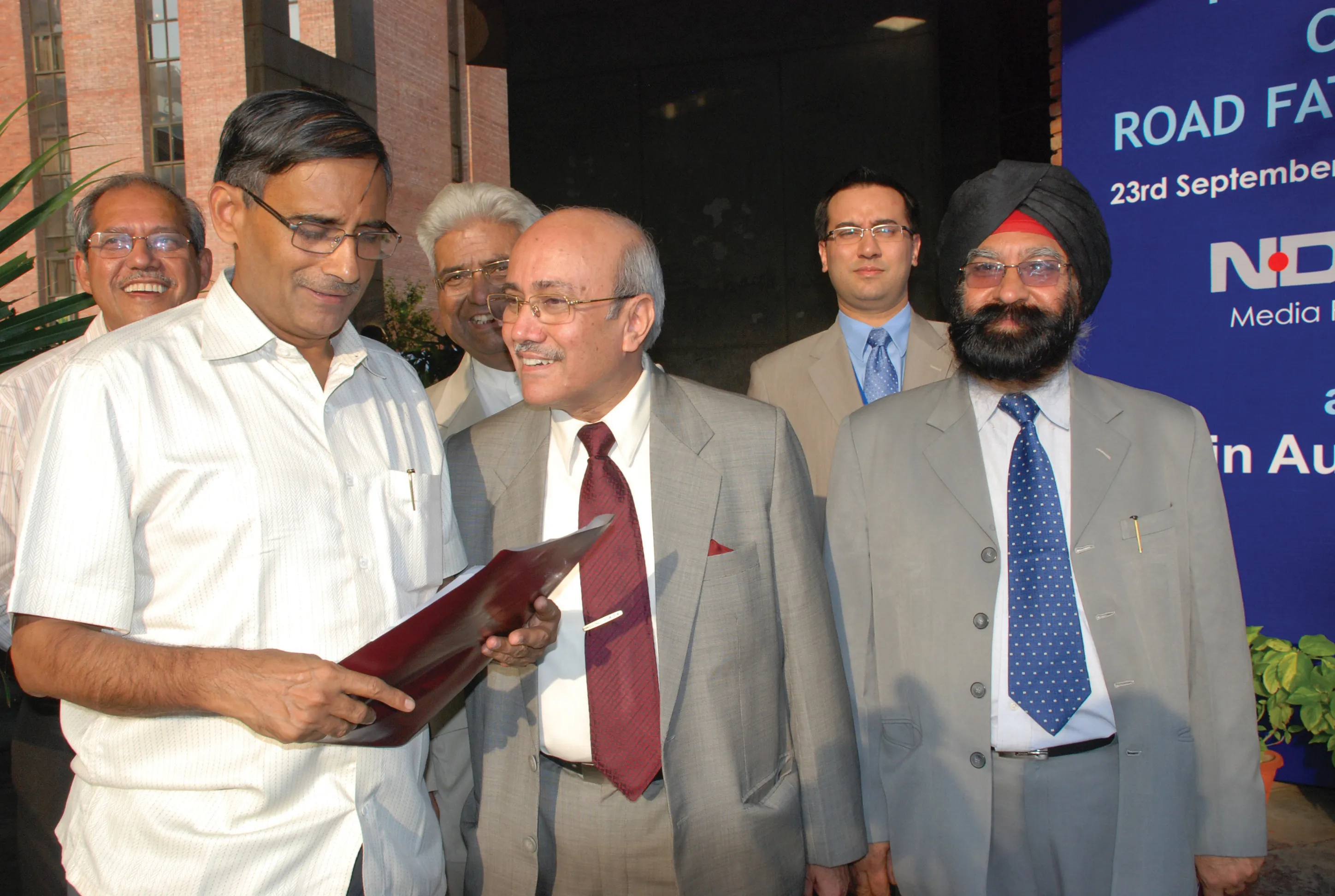A new road safety drive in Europe is intended to cut casualties and crashes. The programme is being set up jointly in a bid to deliver zero traffic fatalities by 2050. The coalition includes the European Automobile Manufacturers’ Association (ACEA), European Association of Automotive Suppliers (CLEPA) and the association of national motoring organisations (FIA Region I). It also has support from the Dutch Bicycle and Automotive Industry Association (RAI Vereniging) and the Royal Dutch Touring Club (ANWB).
The associations have emphasised their commitment to support the road safety targets of the European Commission and member states. Laurianne Krid, FIA Region I Director General, said, “As organisations involved in the daily mobility of EU citizens, we take road safety very seriously. With this pledge, we show our commitment to go beyond the status quo and work hand-in-hand with the EU institutions to achieve an ambitious and shared road safety vision in pursuit of zero traffic fatalities by 2050.”
“By signing up to this common road safety vision, we commit to work together with other relevant stakeholders on an integrated approach to road safety,” stated Erik Jonnaert, secretary general of ACEA. “We believe that this is the only way to ensure that safe vehicles are driven by safe drivers on safe roads.”
Sigrid de Vries, secretary general of CLEPA commented, “On behalf of CLEPA, I am happy to confirm our commitment to contribute to road safety and to make zero casualties a reality. This is the start of work amongst stakeholders in the industry and exchange with policy makers and I am looking forward to defining and achieving further milestones.”
Possible measures include targeted awareness campaigns, research efforts aiming to bring technologies to the market and informing drivers on the effective use of vehicle safety technologies. Improvements to road infrastructure, accident reporting and post-crash interventions are also covered.
European joint road safety drive
A new road safety drive in Europe is intended to cut casualties and crashes. The programme is being set up jointly in a bid to deliver zero traffic fatalities by 2050. The coalition includes the European Automobile Manufacturers’ Association (ACEA), European Association of Automotive Suppliers (CLEPA) and the association of national motoring organisations (FIA Region I). It also has support from the Dutch Bicycle and Automotive Industry Association (RAI Vereniging) and the Royal Dutch Touring Club (ANWB).
June 22, 2018
Read time: 2 mins









